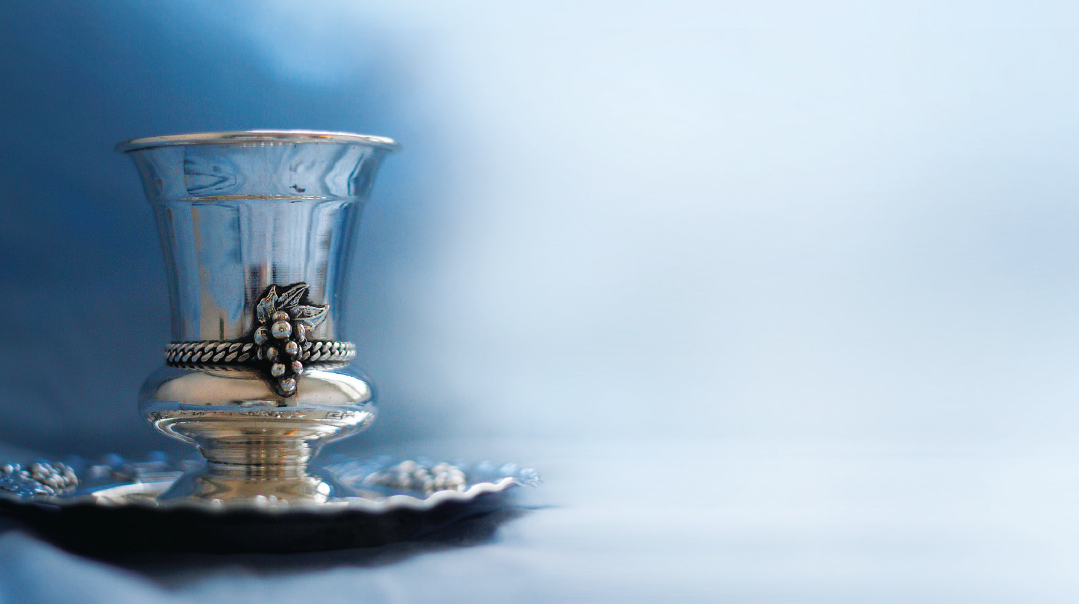The Ages of the Sages

While the body may age, the spirit can stay young ad meah v’esrim

These are the words that Moshe spoke to all Yisrael… (Devarim 1:1)
ON
March 27, 2012, at the Queen’s diamond jubilee, a number of dignitaries presented Loyal Addresses to Her Majesty. The president of the Board of Deputies of British Jews wished the queen, “until a hundred and twenty.”
Neither the queen nor the prince had heard the expression before. A hundred and twenty is stated (Bereishis 6:3) as the outer limit of a normal human lifetime. This number is especially associated with Moshe, whom together with Avraham Avinu, is a model of how to age well.
With the growth of human longevity, this has become a significant and challenging issue for our generation. How do you grow old yet stay young? (Rabbi Lord Jonathan Sacks, Covenant & Conversation).
There’s no time like a birthday to give thanks for the past and present, and tefillos for the future.
For my birthday a few weeks ago, Yitzi presented me with a beautiful gift. With the help of his sisters, he’d printed hundreds of pictures that were just sitting on my computer and arranged them beautifully in two loaded albums.
As I paged through the photos, I was swamped with emotions. I looked over at Yitzi, perched on the arm of the chair next to me, and marveled at the amount of time and effort he’d put into this gift.
Yitzi had made sure each child in the family shared equal time in the albums, and as I came to pictures of his bris, vivid memories flooded my mind.
There’s a Grant Study, begun in 1938, directed by George Vaillant, (author of Aging Well and Triumphs of Experience) that analyzes aging.
Among the many dimensions of successful aging, Vaillant identifies two that are particularly relevant to Moshe. The first, generativity, means taking care of the next generation. The second, keeper of the meaning, refers to passing on the values of the past to the future. Age brings the reflection and detachment that allows us to stand back and not be swept along by the mood of the moment of the crowd. As such, we can objectively pass along life experiences to the younger generation.
Yitzi was born several weeks early. (But of course! He had places to go, people to see, no time to waste!)
As we prepared for his bris, my husband asked if I minded doing the bris in Yerushalayim. He wanted Rav Elyashiv to be the sandek.
I immediately agreed and the experience was life-altering. Rav Elyashiv was over 100 at the time, yet that didn’t stop him from agreeing to be sandek for whomever asked. Watching him hold my precious newborn, I davened fervently, hoping this child would follow in the Rav’s illustrious footsteps.
What’s striking about Sefer Devarim, set entirely in the last month of Moshe’s life, is how it shows the aged but still passionate and driven leader turning to the twin tasks of generativity and keeper of the meaning.
No longer Moses the liberator and lawgiver, he undertook the task of teacher, “Moshe Rabbeinu,” which is how he’s referred to in our tradition. By personal example, he showed what it is to grow old while staying young.
At the very end of Devarim (34:7) Moshe is described as his “eye was undimmed and his natural energy was unabated.” The first description is the explanation of the second. Moshe’s energy was unabated because his eye was undimmed, meaning that he never lost the idealism of his youth.
Moshe, at almost 120, was looking forward as well as back, teaching us that while the body may age, the spirit can stay young ad meah v’esrim, if we keep our ideals, give back to the community, and share our wisdom with those who come after us, inspiring them to continue what we could not complete.
The Hashgachah of the moment became all that more apparent when just a few days after Yitzi’s bris (and still before his estimated due date), Rav Elyashiv entered the hospital for the last time. He was niftar soon after. We’d been zocheh to have Rav Elyashiv cradle our son in the tzaddik’s final days in This World.
There’s nothing like a birthday to make you sigh a bit and feel the years advancing. But the picture in front of me reminds me: “It’s not the years in your life, but the life in your years that counts.”
(Originally featured in Family First, Issue 852)
Oops! We could not locate your form.


